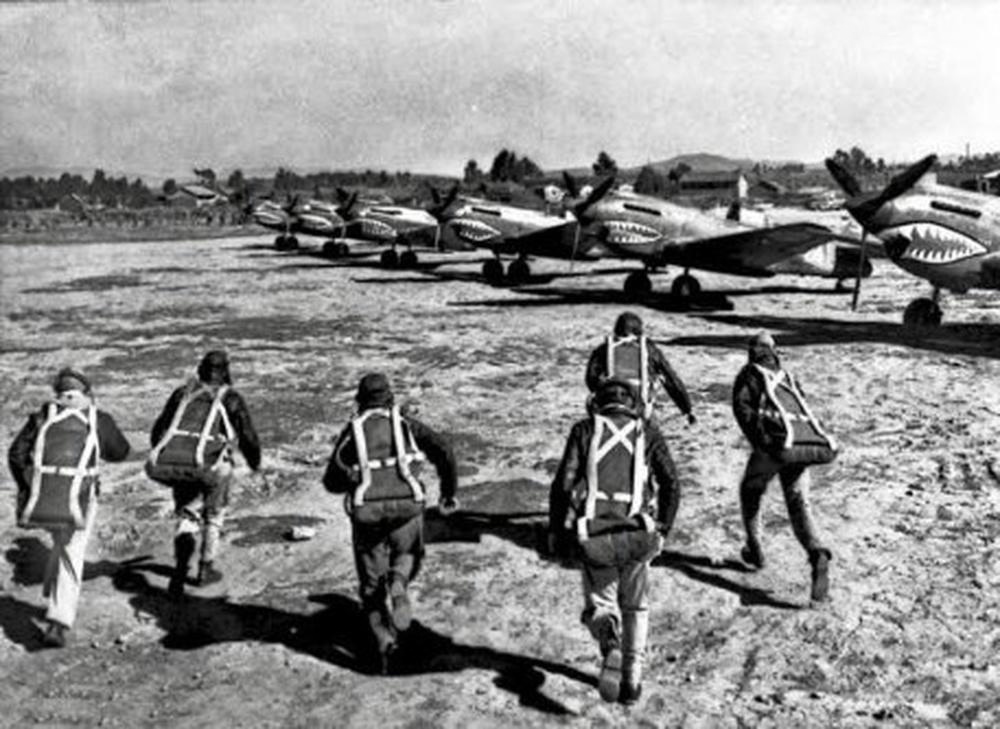
AeroGenie — Seu copiloto inteligente.
Tendências
Categories
Drone Forge Makes First Order of Airbus Flexrotor
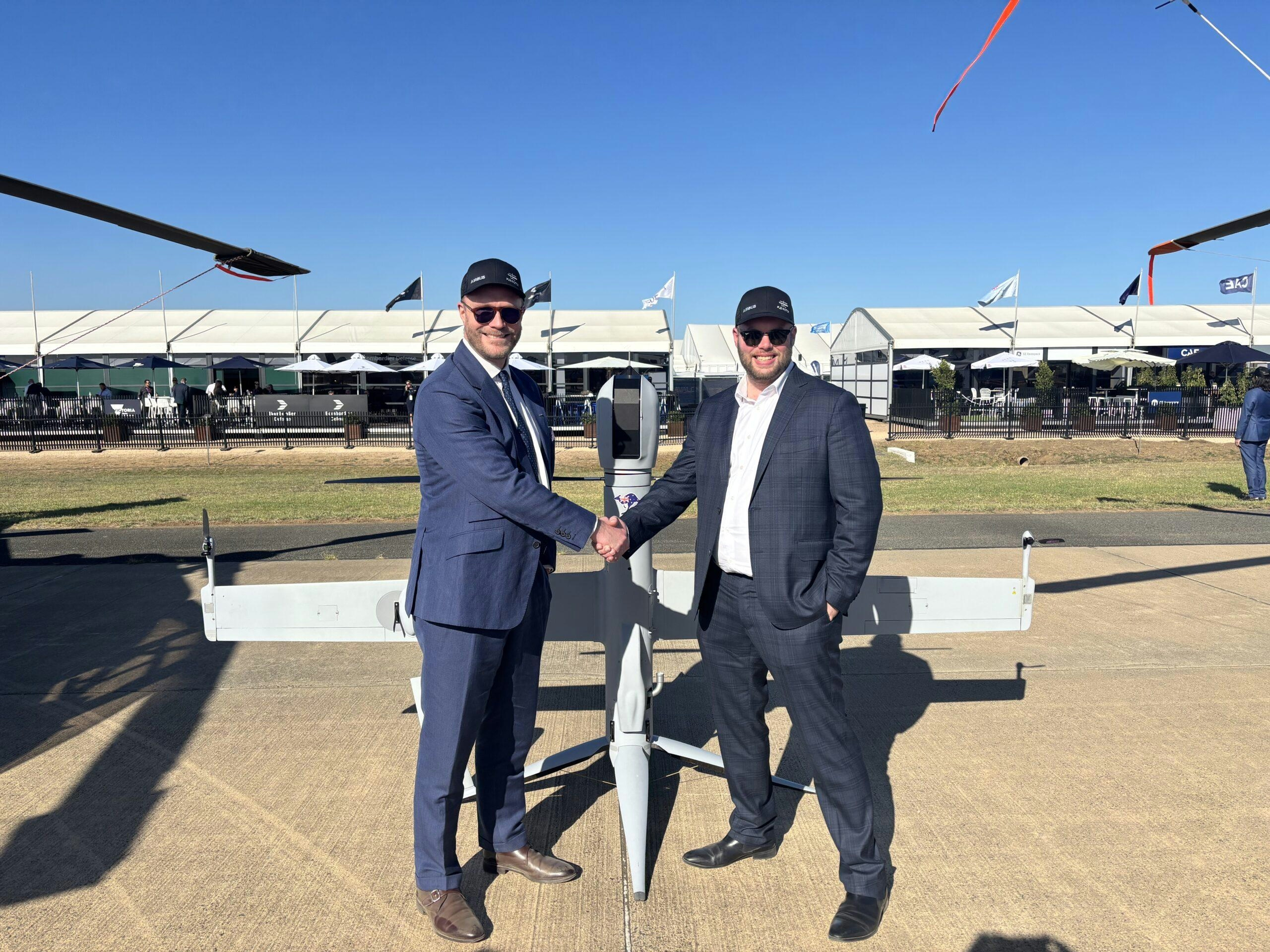
Drone Forge Secures Largest Order for Airbus Flexrotor Drones
Australian aerospace start-up Drone Forge has formalized a significant agreement with Airbus Helicopters to acquire six Flexrotor uncrewed aerial systems (UAS), comprising a total of 17 aircraft. This transaction represents the largest single order for the Flexrotor platform to date and marks a pivotal advancement in the expansion of sophisticated drone operations throughout the Asia-Pacific region.
Advanced Capabilities and Operational Scope
The Flexrotor systems procured by Drone Forge will be customized to meet diverse operational requirements, including littoral surveillance, high-altitude inland missions, infrastructure monitoring, and maritime environmental assessment. Each UAS will be equipped with a heavy fuel engine optimized for maritime environments, enhancing safety, fuel availability, and compatibility with naval operations. The integration of Starlink connectivity will enable beyond-line-of-sight operations and provide real-time situational awareness. Additionally, the drones will feature PT-6 imaging technology, delivering stabilized, high-resolution intelligence, surveillance, and reconnaissance (ISR) capabilities essential for efficient wide-area maritime monitoring.
Drone Forge’s CEO, Thomas Symes, expressed confidence in the collaboration, emphasizing the company’s commitment to integrating and commercializing the Flexrotor systems across the region. He highlighted the platform’s strong engineering foundation and its potential to unlock new markets where real-time intelligence, mission flexibility, and operational reliability are critical.
Olivier Michalon, executive vice president of global business at Airbus Helicopters, described the order as a milestone in the partnership between the two companies. He underscored the Flexrotor’s efficiency and reliability, characterizing it as a force multiplier that will enhance operational excellence in defence and security applications.
This agreement follows a recent Letter of Intent between Airbus and Drone Forge, which outlined their collaboration on the deployment and operational integration of the Flexrotor UAS.
The Flexrotor Platform and Industry Context
The Flexrotor is Airbus’ latest addition to its portfolio of uncrewed aerial systems. It is a modern vertical takeoff and landing (VTOL) drone with a maximum launch weight of 25 kilograms. Designed primarily for ISTAR (intelligence, surveillance, target acquisition, and reconnaissance) missions, the Flexrotor can operate continuously for 12 to 14 hours under typical configurations. The system supports a range of payloads, including electro-optical sensors and advanced imaging technologies, and is capable of autonomous launch and recovery from both land and sea platforms within a compact 3.7 by 3.7 meter footprint. These features make it particularly well-suited for expeditionary missions.
Despite the significance of this order, Drone Forge faces challenges common to emerging aerospace companies. Industry experts have noted ongoing supply chain complexities that may affect production schedules and costs. Furthermore, as a new entrant in a competitive market, Drone Forge must contend with established players while addressing investor concerns regarding the scalability and profitability of advanced drone solutions. Market responses have been cautiously optimistic, balancing interest in the Flexrotor’s innovative capabilities with reservations about its commercial viability. Competitors are likely to respond by accelerating their own technological developments or pursuing strategic partnerships to strengthen their drone offerings.
As the aerospace sector continues to evolve, Drone Forge’s partnership with Airbus positions the company at the forefront of next-generation UAS deployment in the Asia-Pacific region, while also highlighting the broader challenges and competitive dynamics shaping the industry.

Trump Administration Releases 10-Year Plan to Advance U.S. Air Power

China Advances Clean Energy in Transportation: Flying Taxis, Drones, and Bullet Trains
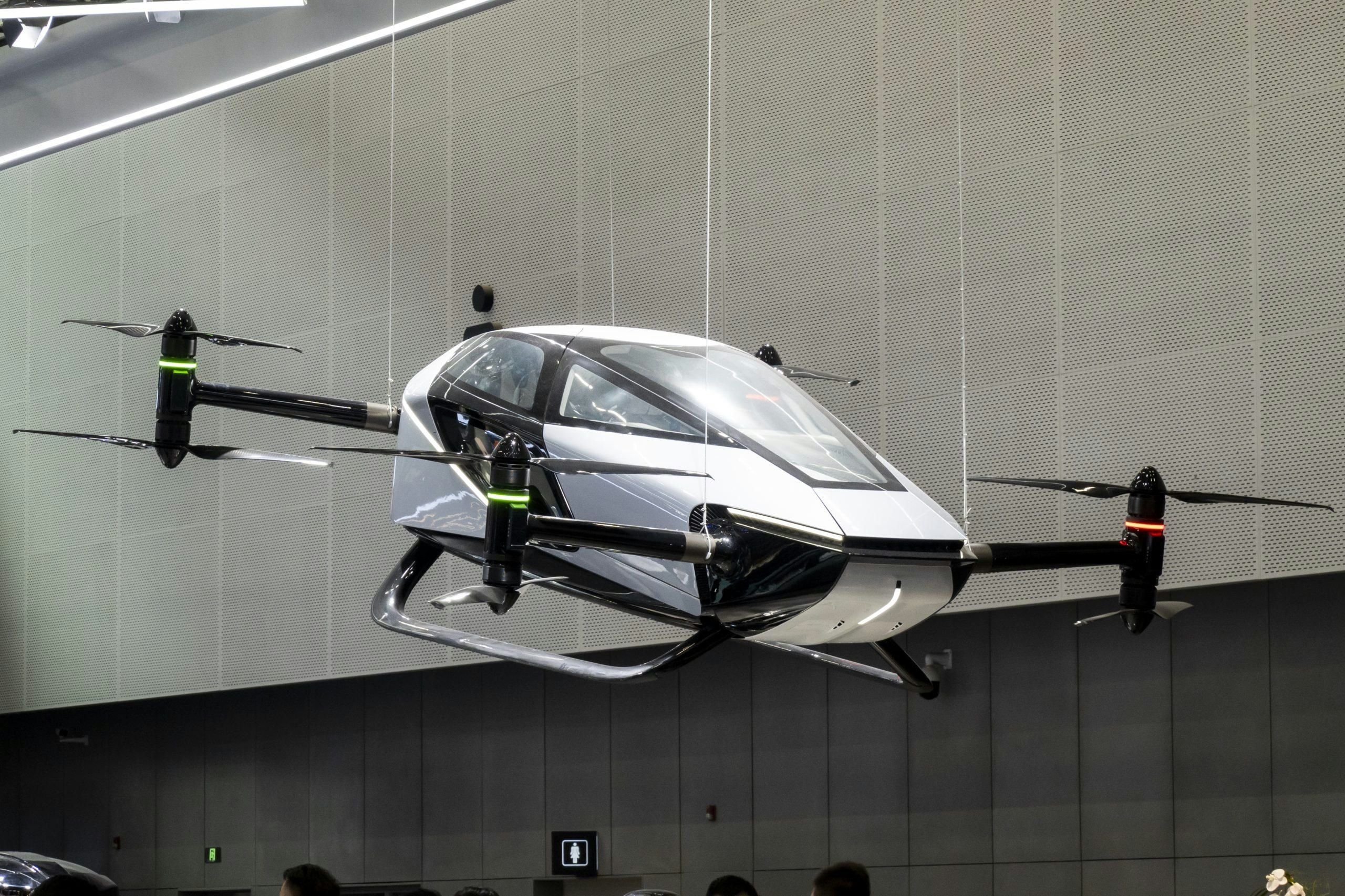
Trump Administration Plans to Expand Flying Taxi Programs
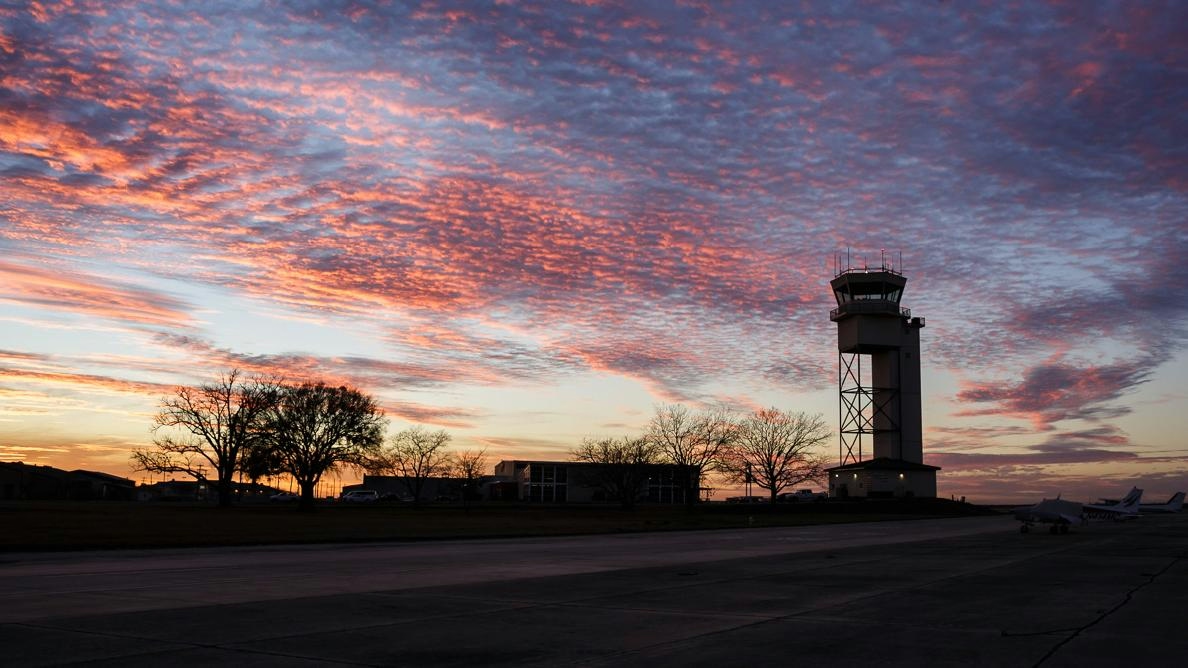
SWAPA Backs Bipartisan Aviation Funding Solvency Act

FLYYO Adopts CISEFA’s Training Management Software
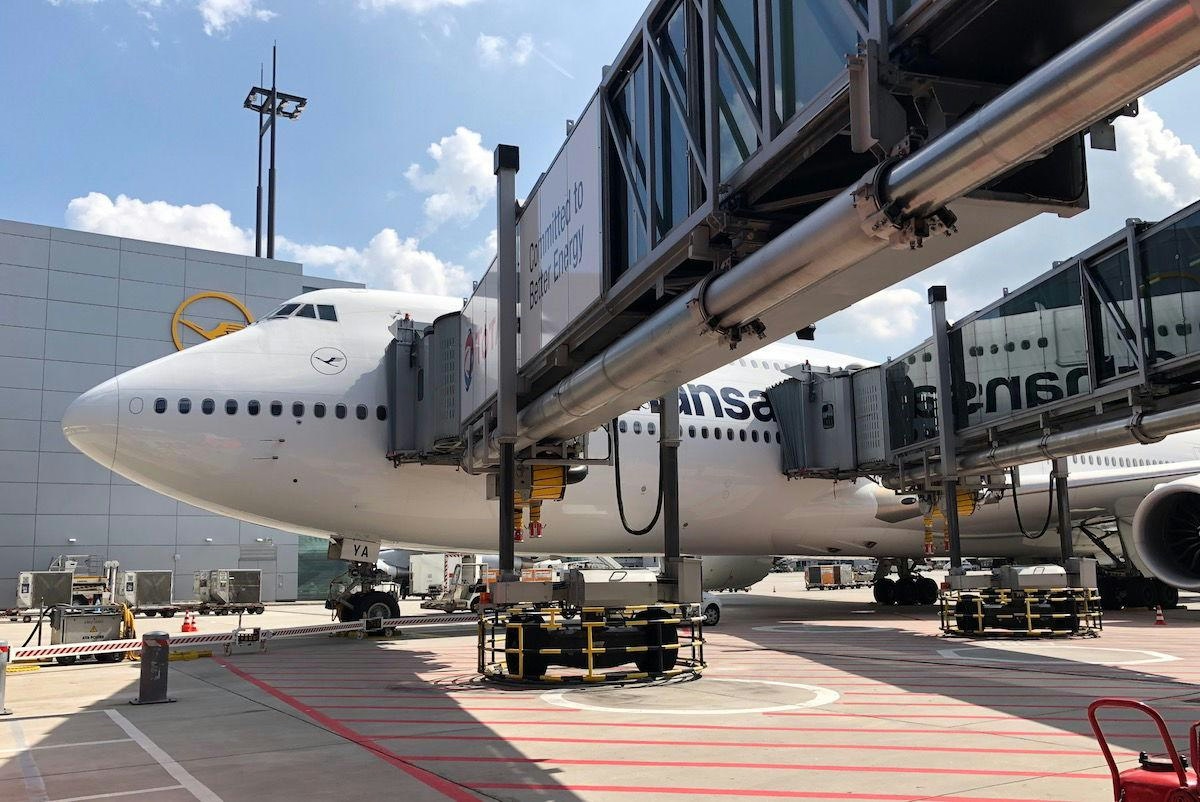
Lufthansa to Sell Two Boeing 747-8s to U.S. Government
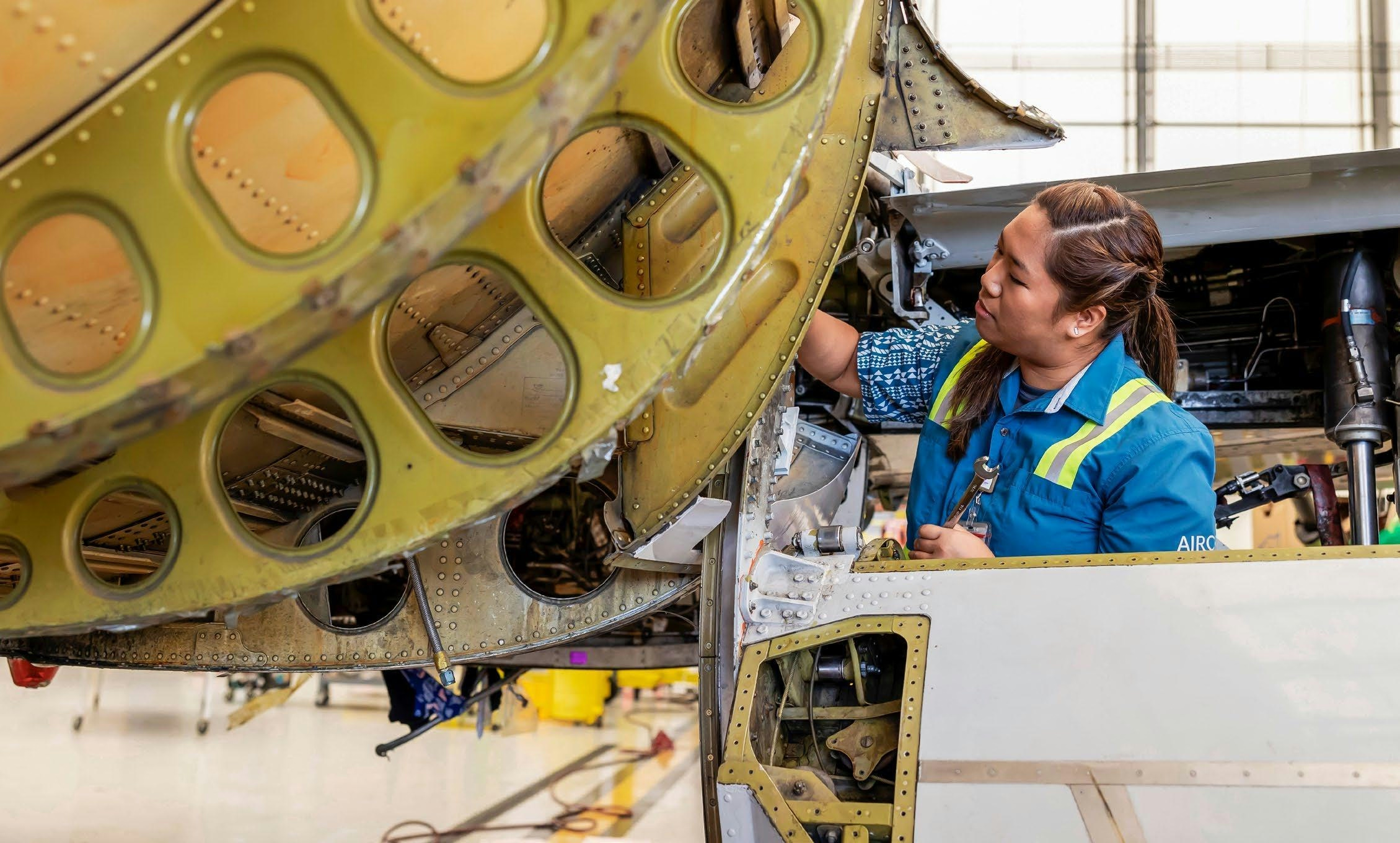
Hawaiian Airlines, Alaska Airlines, Par Hawaii, and Pono Energy Collaborate on Sustainable Aviation Fuel in Hawai‘i
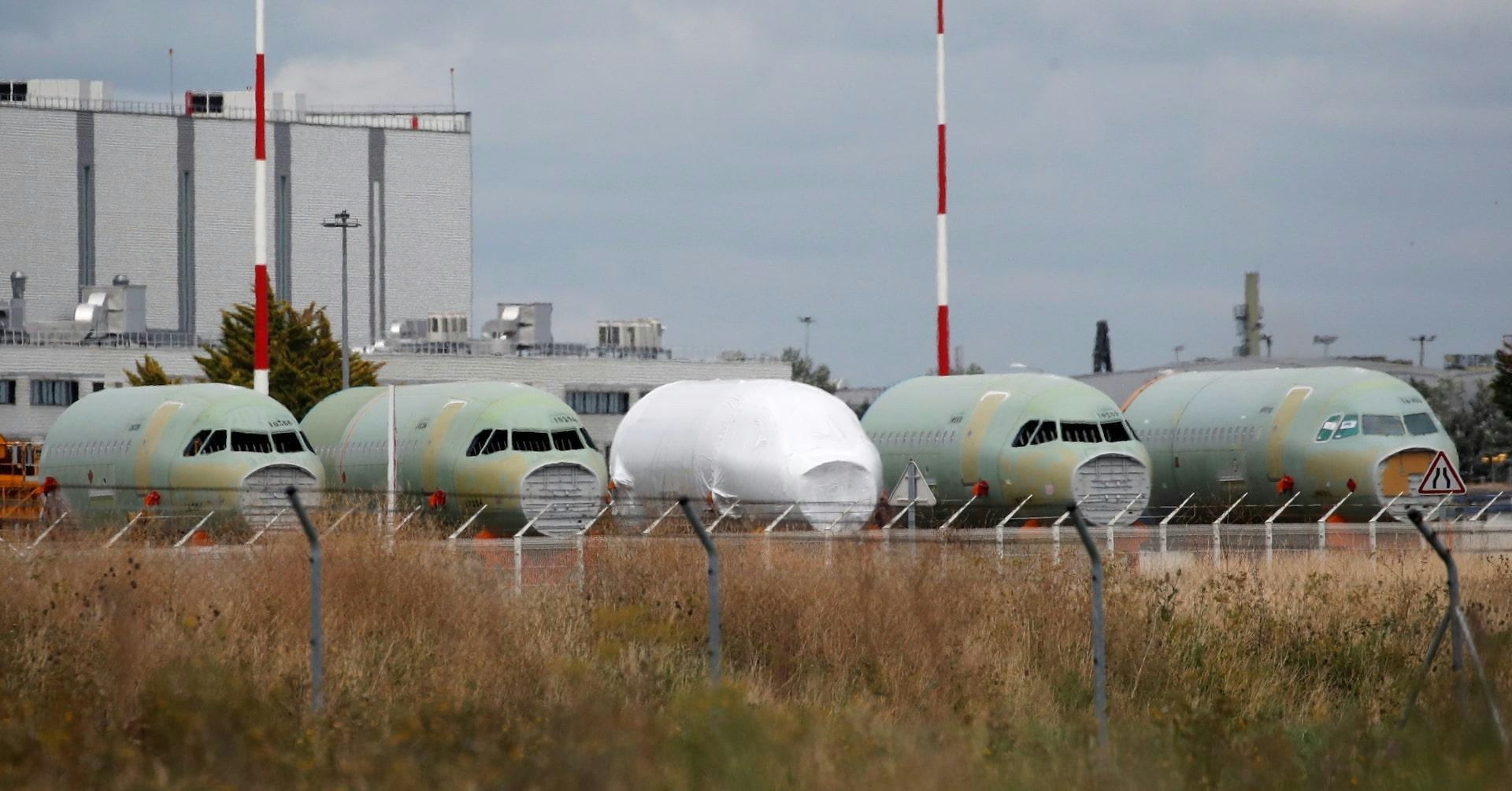
Regulator Orders Inspections of Select Airbus A320s Over Fuselage Flaw
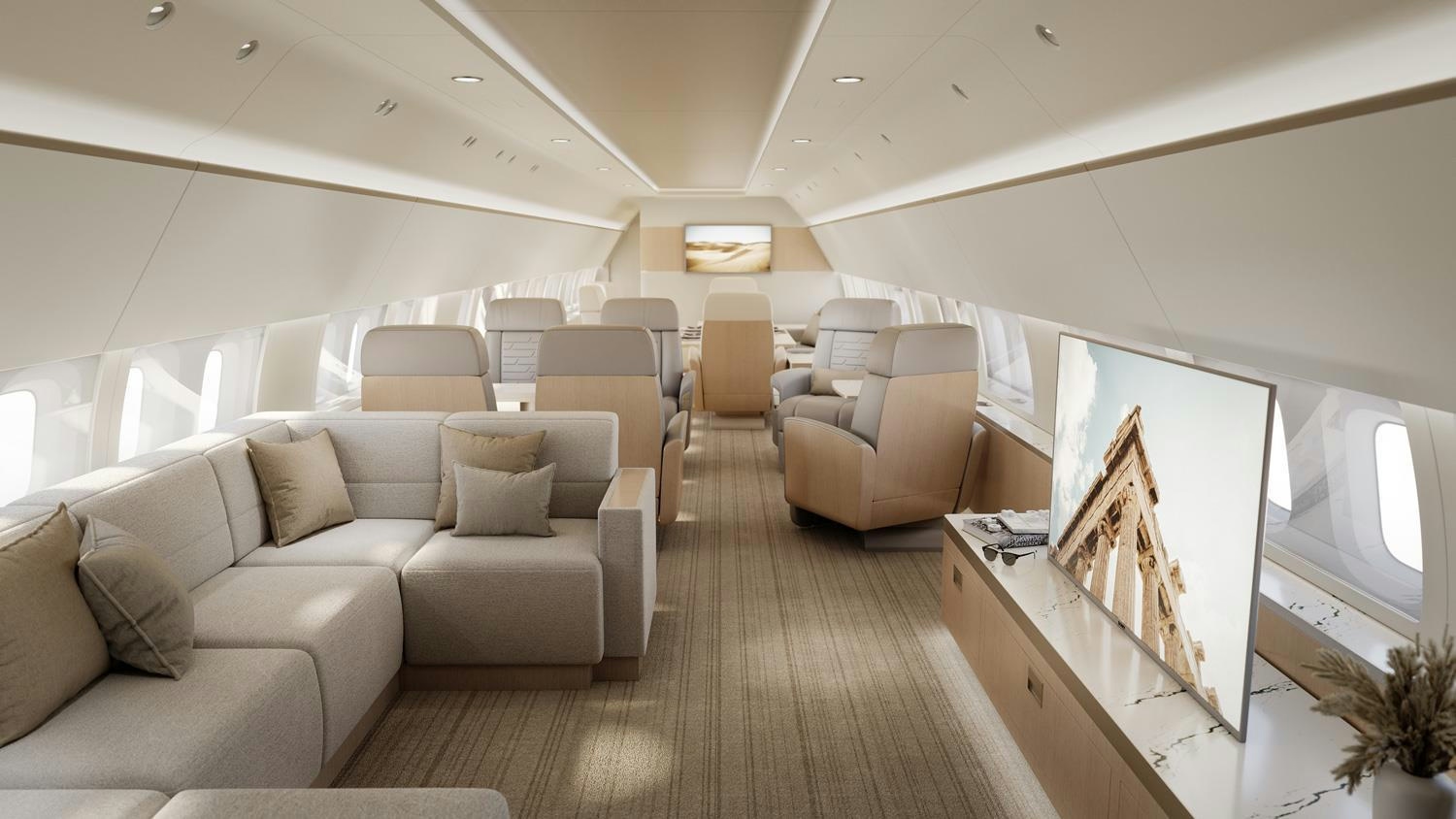
BizJet Interiors Zone to Highlight Innovation and Craftsmanship at AIX 2026
